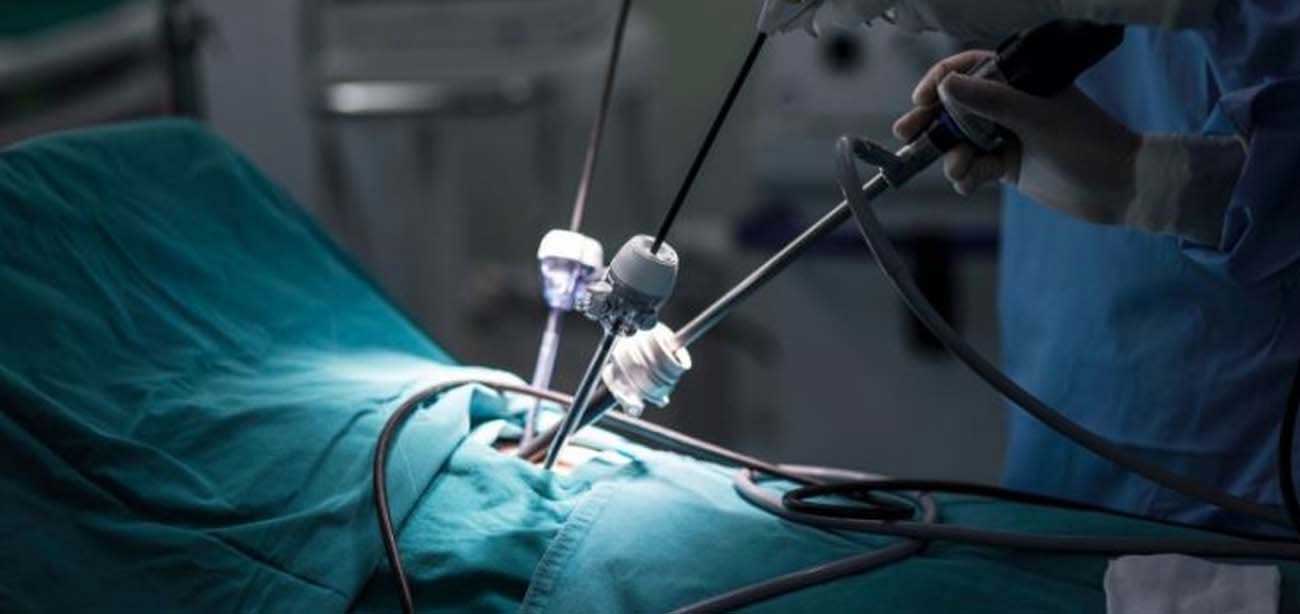
Minimally invasive surgery (MIS) is the trend of development in modern surgery. Its research, application and popularization in the field of orthopaedic trauma are well demonstrated in the development of current osteosynthesis.
MIS implies that a surgical operation should minimize the damages to the body tissues to reduce the postoperative pain, so as to start rehabilitation exercises earlier, to facilitate functional recovery, and to improve the outcomes of the surgical treatment. The main point of fracture management with MIS is to protect the blood supply of the fragments and the biological environment at the fracture site from destruction, thus to guarantee the callus formation and fracture healing.
The operative procedure should follow the principles that denudating the fragment of soft tissue attachment must be avoided as much as possible, the fracture be indirectly reduced and the implant be inserted subcutaneously or beneath the muscle layer. When practiced, the implant should be well selected according to the concrete situation of the fracture, and the tool and technique to be used as well. MIS in osteosynthesis rests mainly on the improvements in both the operative technique and devices for fixation.
 Call For Appointment
Call For Appointment